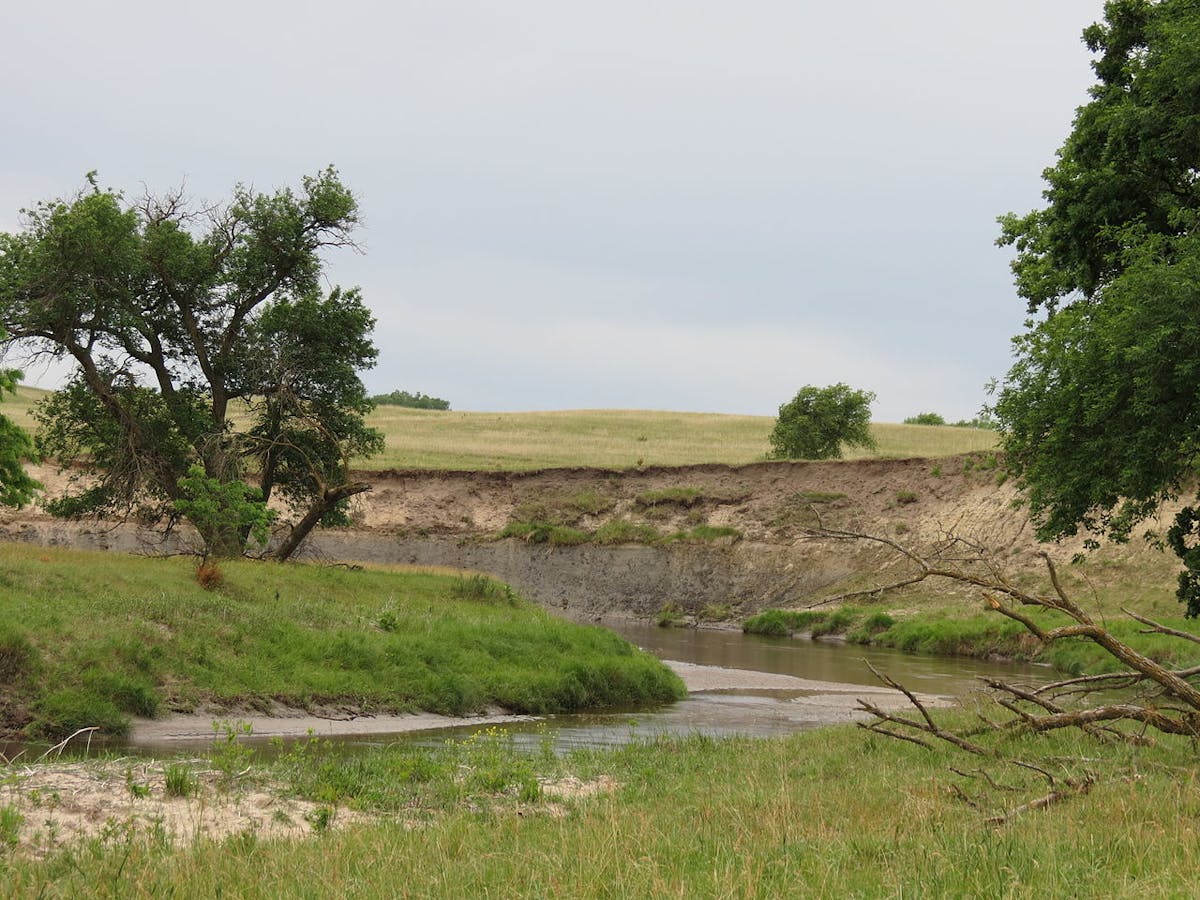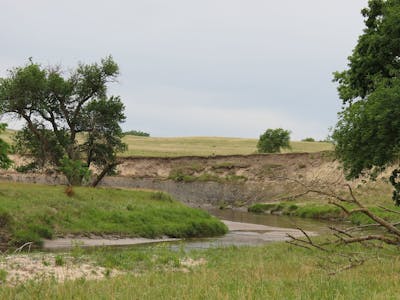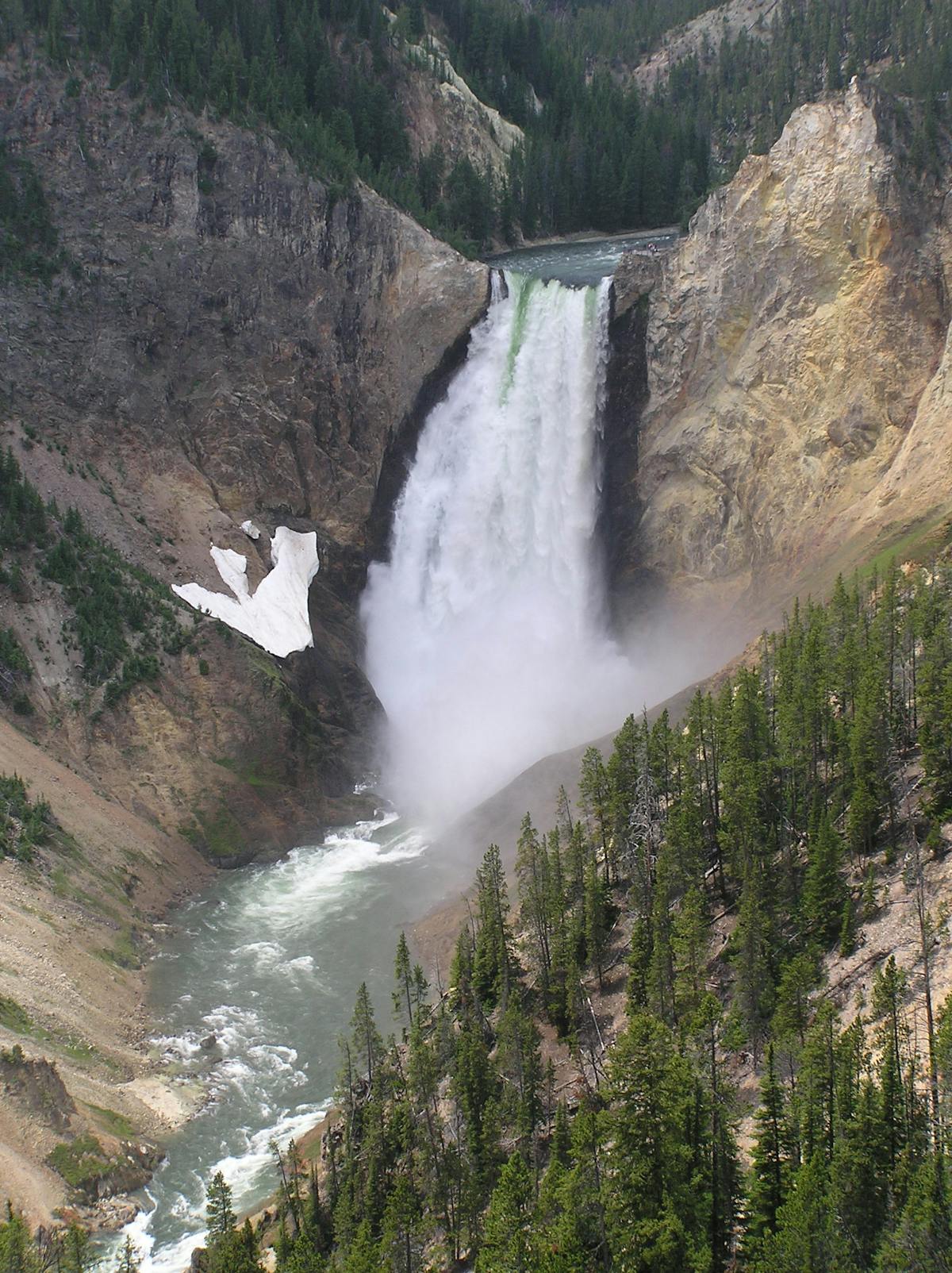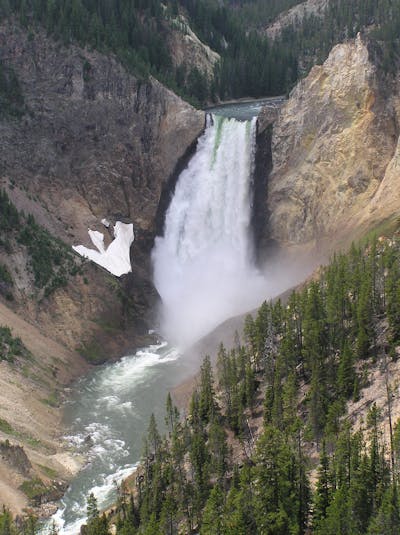Northern America
Northern America contains the majority of the Nearctic realm, spanning from southern Canada to northern Mexico and containing six subrealms as defined in the One Earth Bioregions Framework—Northeast American Forests, Southeast US Savannas, Great Plains, American West, Mexican Drylands, and North Pacific Coast—containing 22 bioregions in total with a diversity of biome types. The Northeast American Forests subrealm contains four forest bioregions and includes most of the Great Lakes. The Southeast US Savannas & Forests subrealm has five bioregions and is dominated by grasslands but also includes adjoining mixed forests. The Great Plains subrealm includes three grassland bioregions stretching from southern Canada to central Texas. The American West subrealm contains five bioregions and encompasses the deserts of the Southwest and the Rocky Mountain forests. The Mexican Drylands subrealm consists of two bioregions and a diverse mix of ecoregion types across northern Mexico and the Baja Peninsula. The North Pacific Coast stretches from the border of Mexico to central Canada and includes three bioregions.
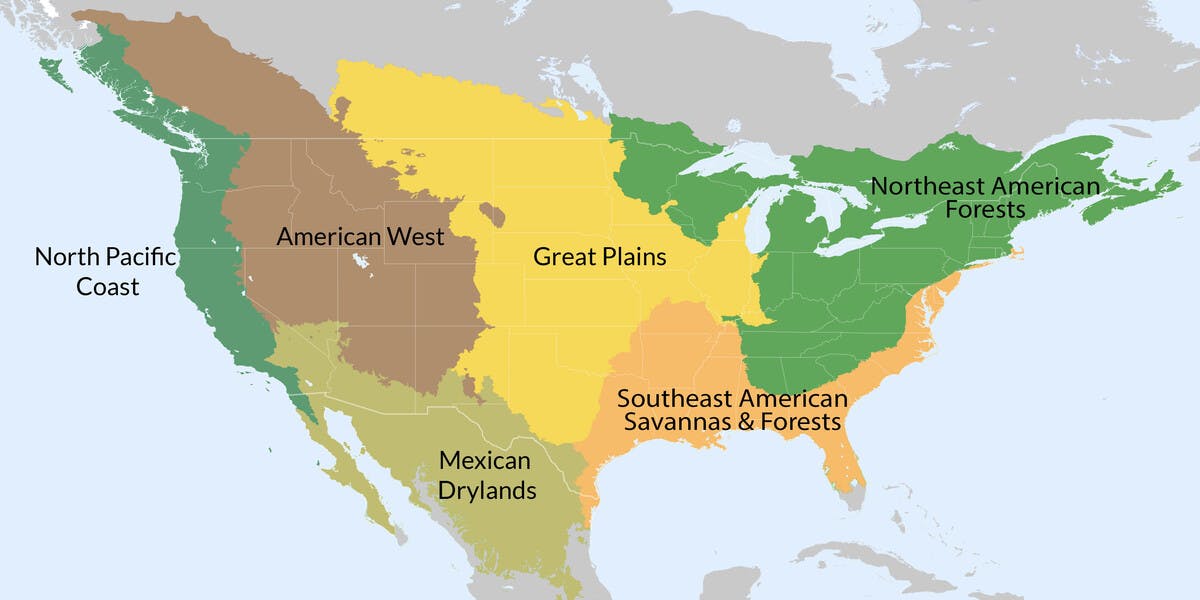
-
-
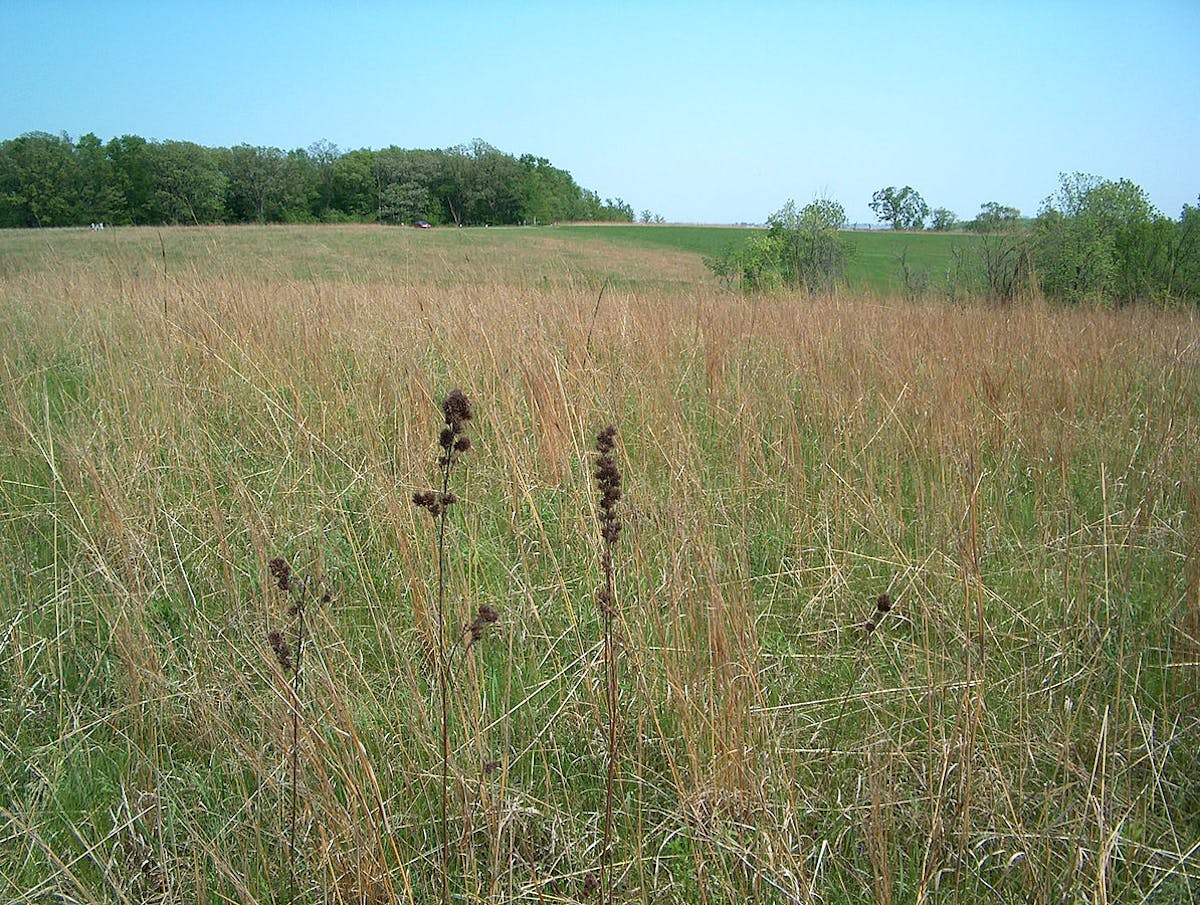
Midwestern Tallgrass Prairie & Forest Transition (NA21)
Total Land Area (1000 ha): 59,934 Number of Ecoregions: 3 Protection Target: 3% Protection Level : 7The Midwestern Tallgrass bioregion, located in the Northern America (Nearctic) realm, is the third major section of the continent’s Great Plains subrealm, extending eastward from the Missouri River where it transitions to open forests across Illinois, known as the central grassland-forest transition. It contains three ecoregions and incorporates the western half of Lake Michigan as well as a large section of the Missouri River.
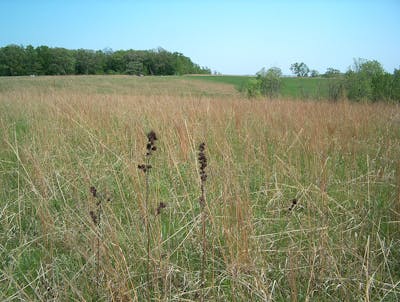
-
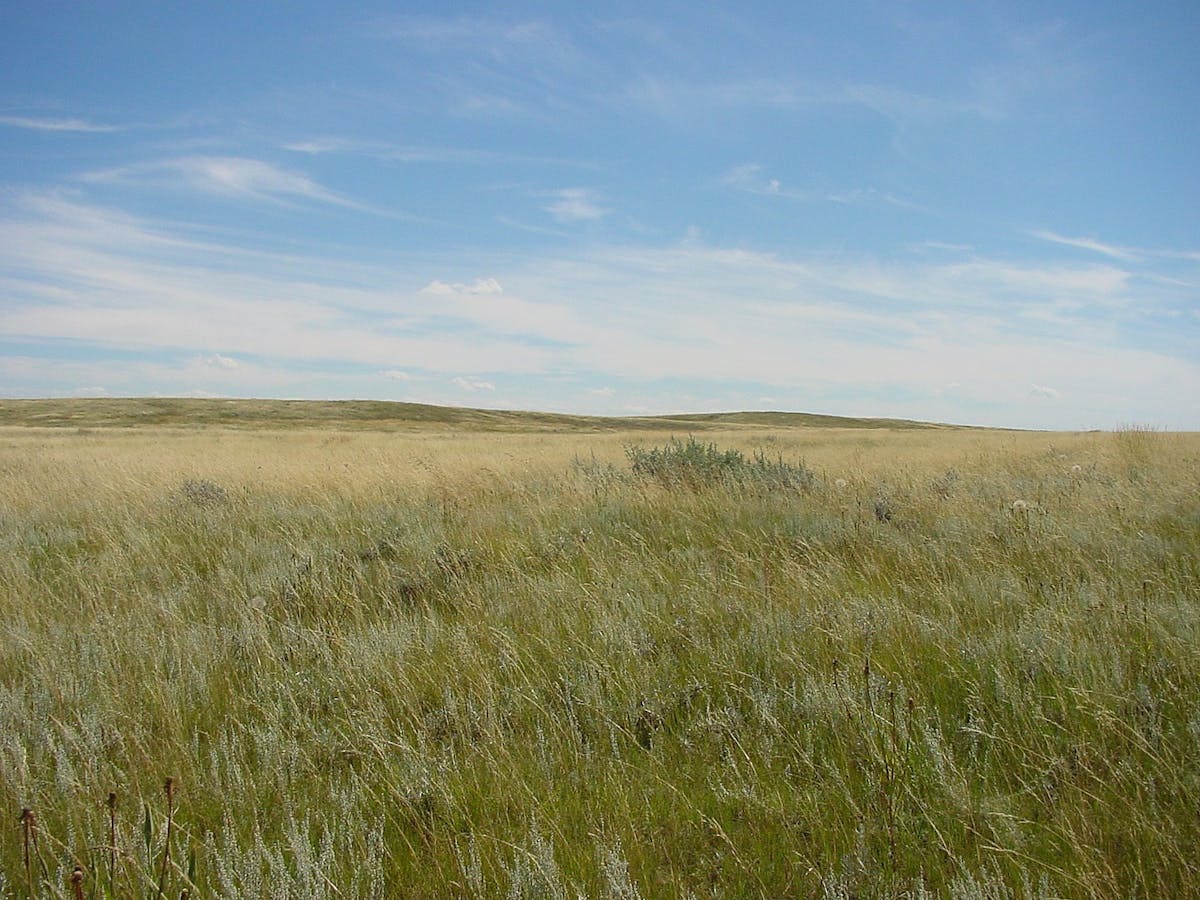
Northern Prairie & Aspen Forests (NA12)
Total Land Area (1000 ha): 112,913 Number of Ecoregions: 3 Protection Target: 26% Protection Level: 1The Northern Prairie bioregion, located in the Great Plains subrealm of Northern America, is the upper section of the Great Plains, lying between the Great Lakes forests to the east and the Northern Rockies to the west. The bioregion includes three ecoregions and is defined largely by the expansive Missouri River watershed.
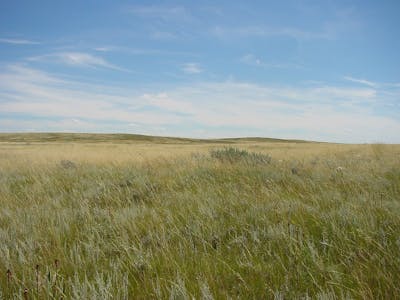
-
Southern Prairie Mixed Grasslands (NA20)
Total Land Area (1000 ha) : 98,632 Number of Ecoregions: 5 Protection Target: 38% Protection Level: 0The Southern Prairie Mixed Grasslands bioregion, located in the Northern America (Nearctic) realm, is the lower section of the Great Plains subrealm and is composed entirely of grasslands stretching from the top of Nebraska to southern Texas, bounded by the Rockies to the west. It contains five ecoregions and has largely been converted to farmland.
-
-
-
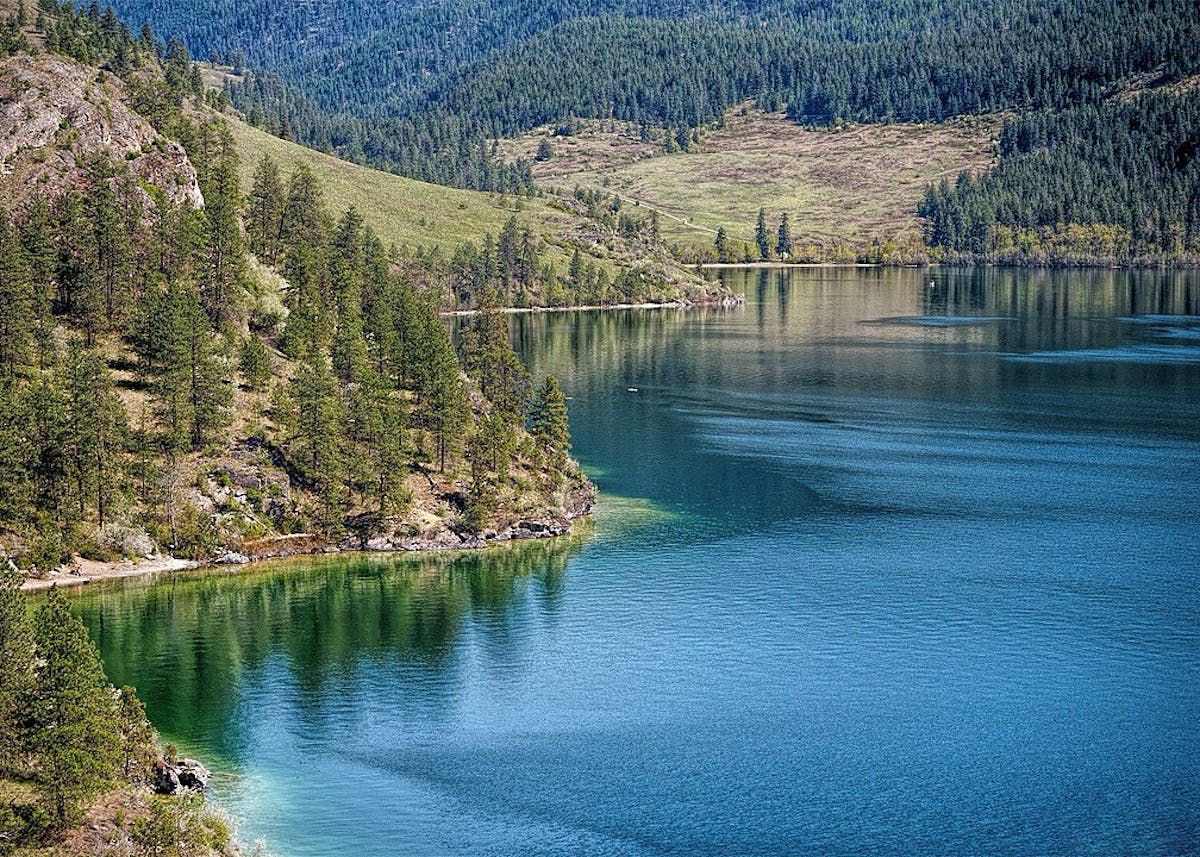
Northwest Intermountain Conifer Forests (NA14)
Total Land Area (1000 ha): 15,707 Number of Ecoregions: 2 Protection Target: 45% Protection Level: 3The Northwest Intermountain bioregion, located in the American West subrealm of Northern America, lies between the Rockies to the east and the Coast Mountains in the west and is dominated by conifer forests. This bioregion includes two ecoregions and encompasses the southern portion of the Lakes District in British Columbia, a network of hundreds of linear valley lakes.
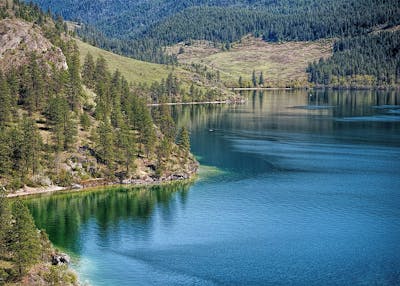
-
Greater Rockies & Mountain Forests (NA13)
Total Land Area (1000 ha): 70,046 Number of Ecoregions: 4 Protection Target: 59% Protection Level: 3The Greater Rockies bioregion is the backbone of the American West subrealm within Northern America. It extends northward from Yellowstone National Park in Wyoming all the way to Lake Williston in British Columbia. It is covered predominately by temperate conifer forests but includes the foothill grasslands covering the floor of the many valleys that are intertwined with the adjacent mountains. The bioregion includes four ecoregions and encompasses the northern portion of the Lakes District in British Columbia as well as Glacier National Park of Canada.
-
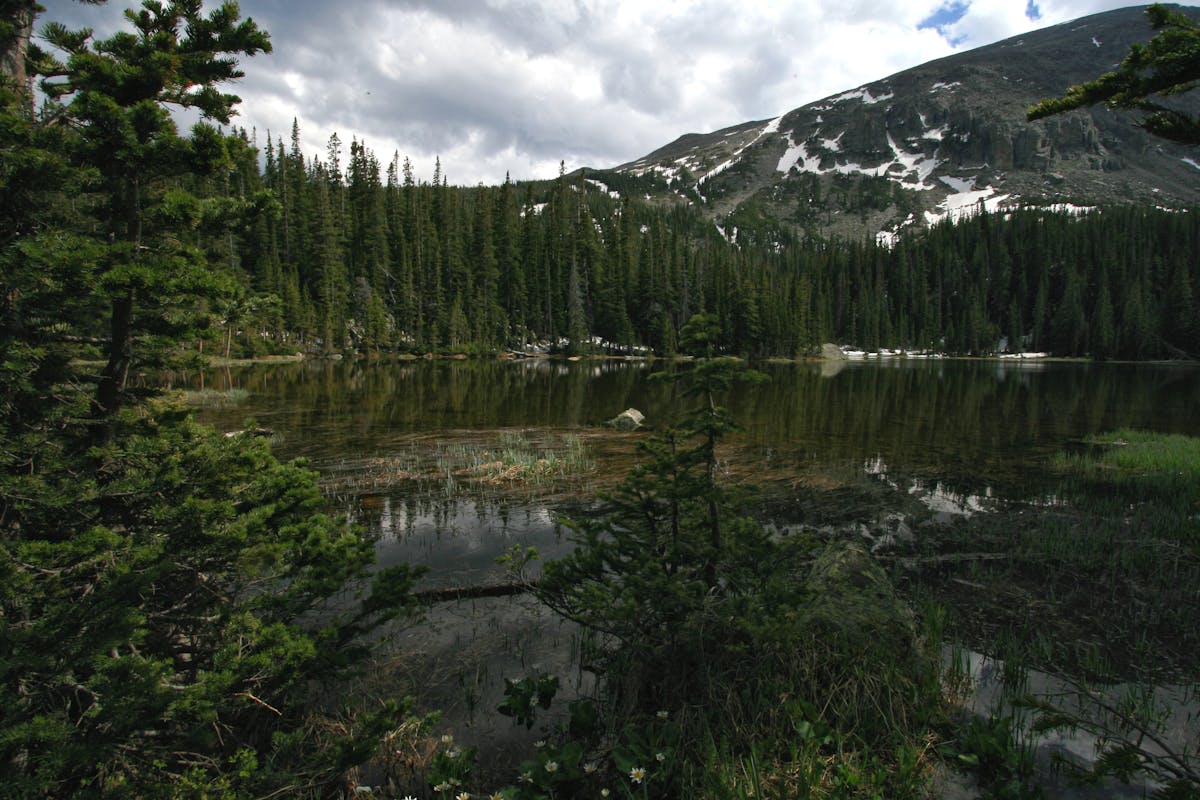
Colorado Plateau & Mountain Forests (NA19)
Total Land Area (1000 ha): 71,956 Number of Ecoregions: 5 Protection Target: 57% Protection Level: 2The Colorado Plateau bioregion, located in the American West subrealm of Northern America, contains five ecoregions and, for over a thousand years, has been home to many different Native American tribes.
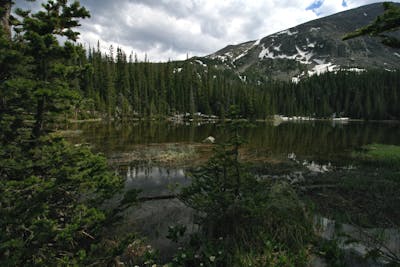
-
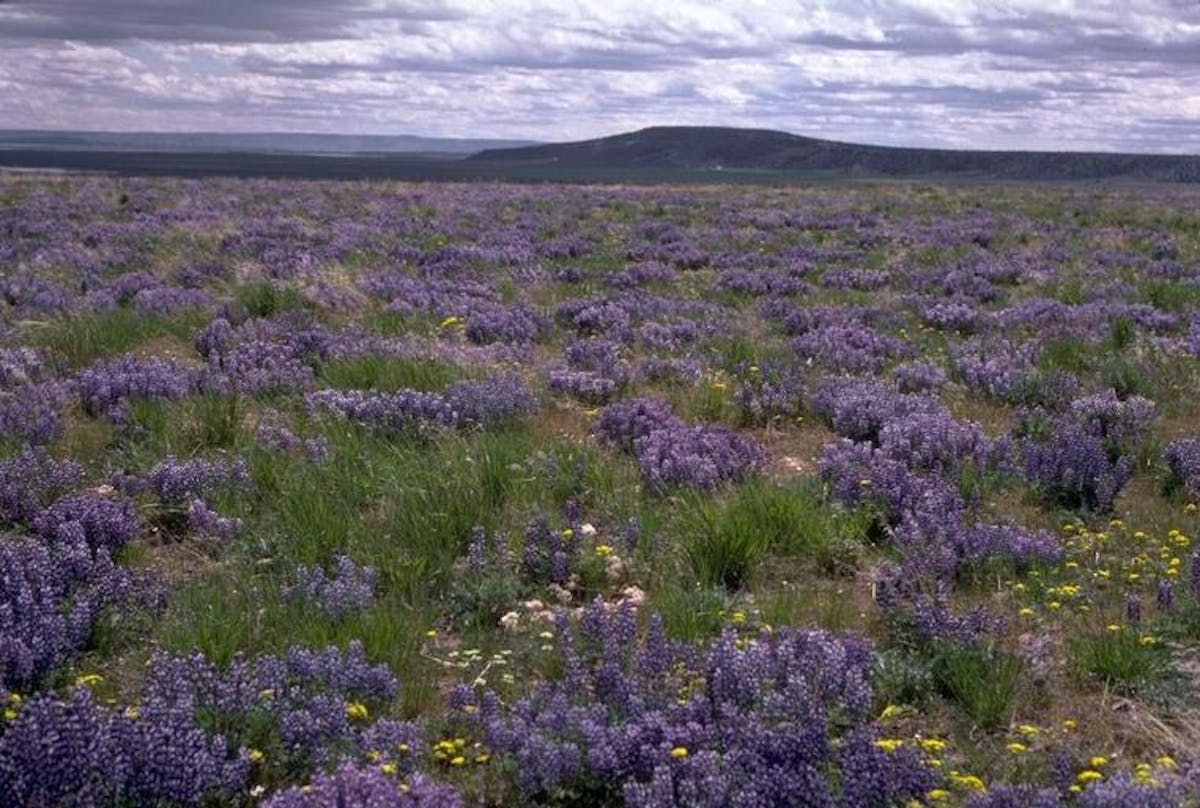
Great Basin & Columbia Steppe (NA18)
Total Land Area (1000 ha) : 50,348 Number of Ecoregions: 3 Protection Target: 82% Protection Level : 1The Great Basin bioregion, located in the American West subrealm of Northern America, is encircled by mountains on all sides, except for its southern boundary, which marks the beginning of the Mojave Desert. It contains three ecoregions and incorporates the Great Salt Lake in central Utah.
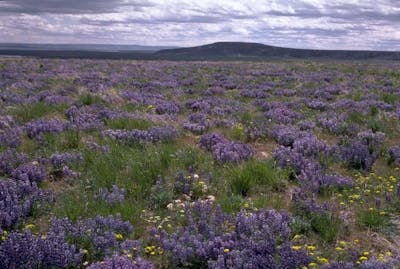
-
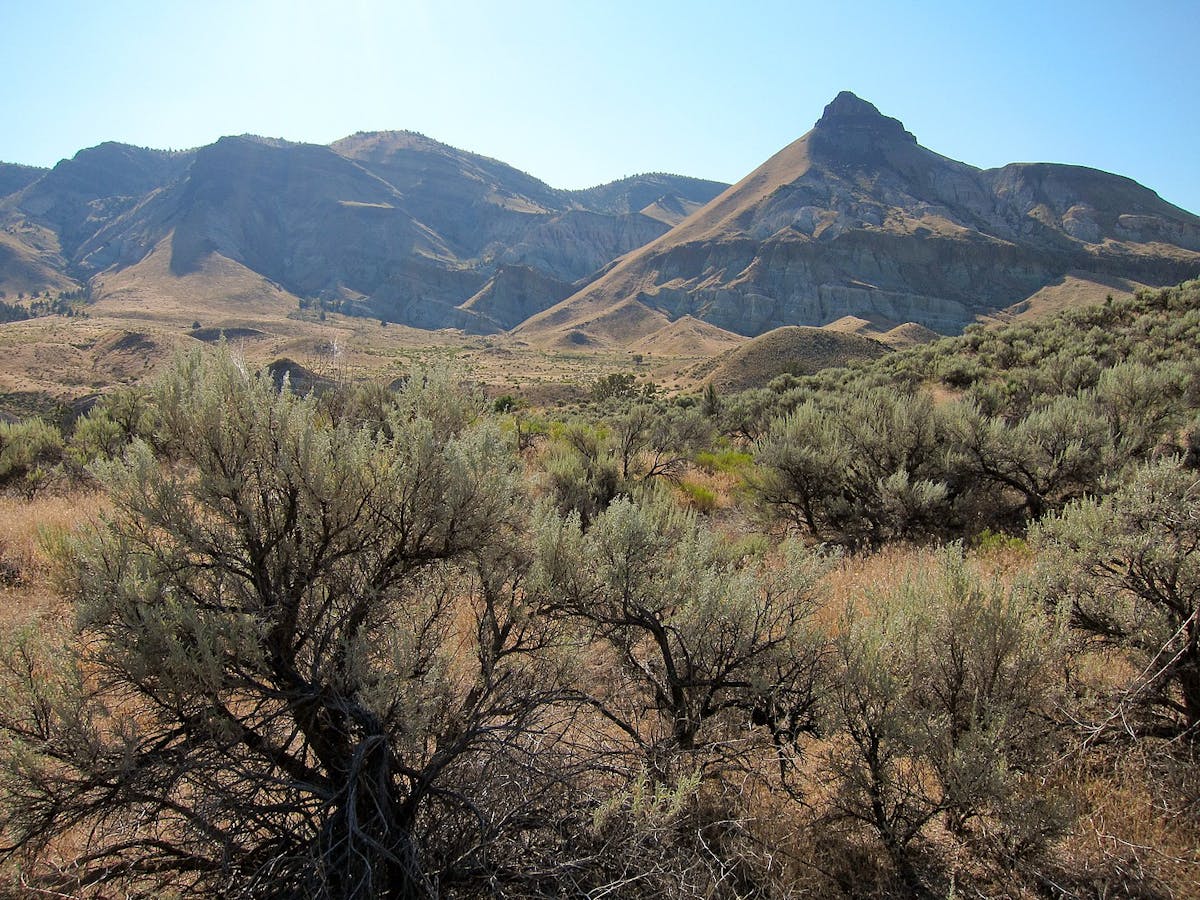
Columbia Plateau & Blue Mountains (NA17)
Total Land Area (1000 ha): 15,481 Number of Ecoregions: 2 Protection Target: 27% Protection Level : 3The Columbia Plateau, located in the American West subrealm of Northern America, is an intermontane bioregion contained by the Rockies to the east and the Cascades to the west. This bioregion consists largely of high-altitude prairie but incorporates the conifer forests that cover the range of the lower lying, volcanic mountains to the south. It contains two ecoregions.
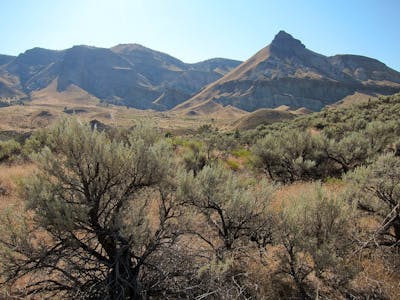
-
-
-
-Eco366-CC-Miguel%20V-2010.jpg?auto=compress%2Cformat&w=1200)
Greater California (NA31)
Total Land Area (1000 ha): 22,944 Number of Ecoregions: 6 Protection Target: 33% Protection Level: 4The Greater California bioregion, located in the Pacific Coast subrealm of Northern America, is defined by the Mediterranean chaparral and woodlands that run between the Pacific Coast and the Lower California mountain range enclosing the Central Valley and contains six ecoregions.
-Eco366-CC-Miguel%20V-2010.jpg?auto=compress%2Cformat&w=400)
-
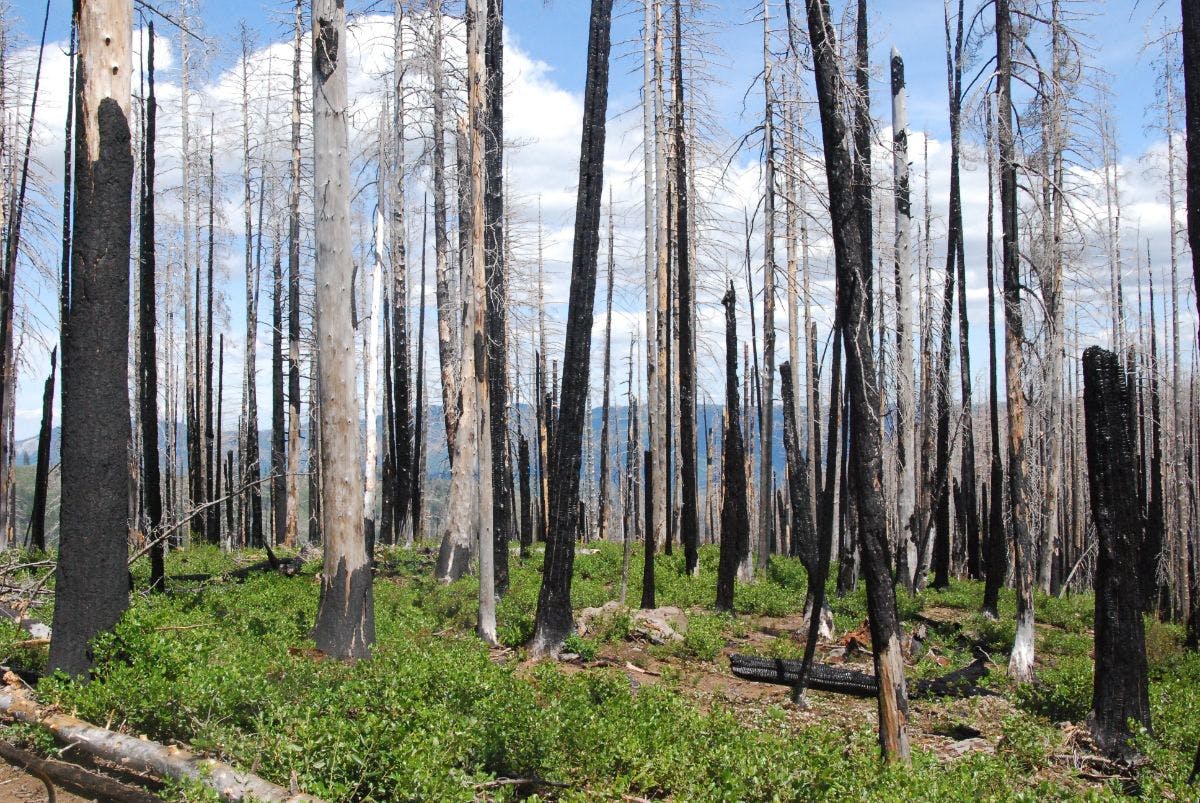
Cascades Mountain Forests & Valleys (NA16)
Total Land Area (1000 ha): 16,228 Number of Ecoregions: 4 Protection Target: 47% Protection Level: 4The Cascades bioregion, located in the Pacific Coast subrealm of Northern America, is defined by the dense forests of the Cascades Range, stretching from northern California to the Canadian border. This bioregion also incorporates the grasslands at the foot of the Cascades Range in western Oregon. It contains four distinct ecoregions and includes the Columbia Gorge and many lakes dotted throughout the region.
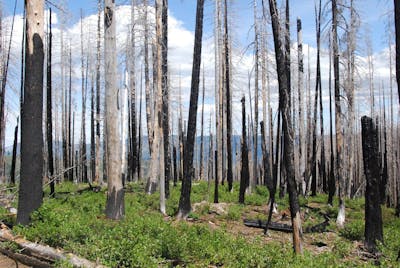
-
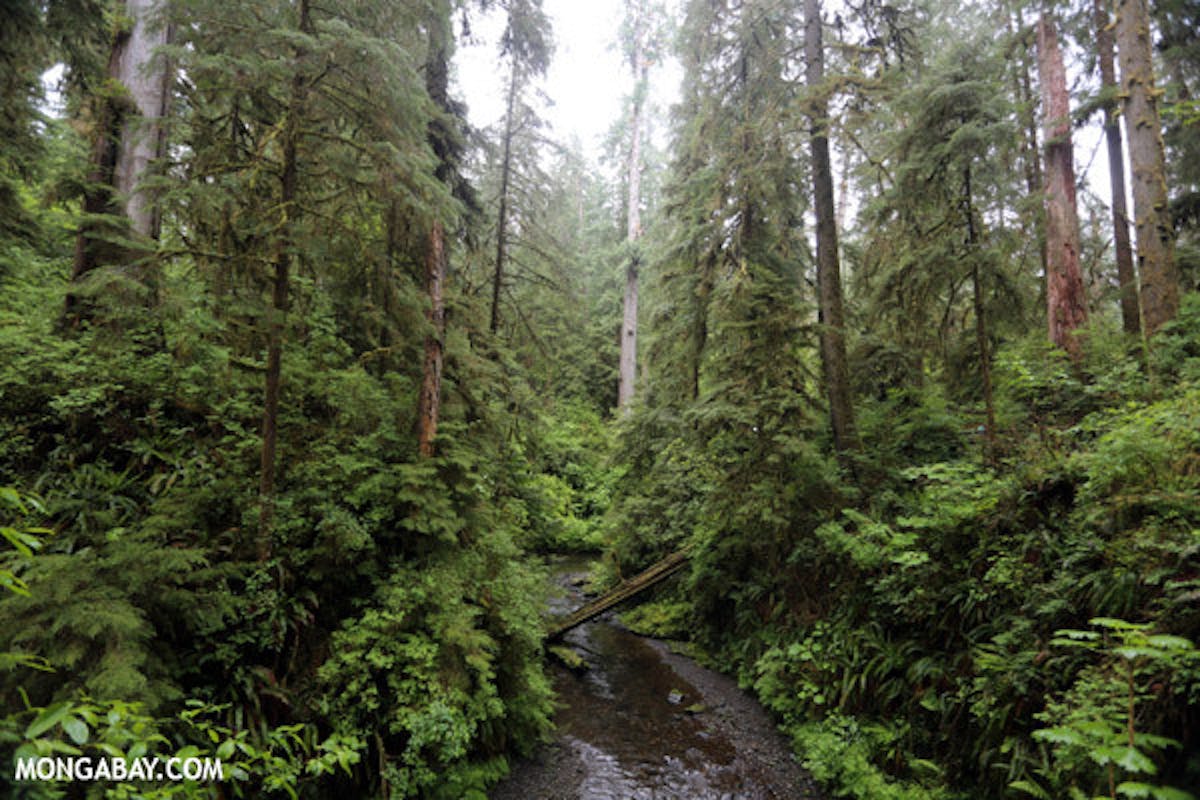
Pacific Northwest Coastal Forests (NA15)
Total Land Area (1000 ha): 29,657 Number of Ecoregions: 6 Protection Target: 55% Protection Level: 3The Pacific Northwest, located in the Northern America (Nearctic) realm, is an expansive coastal bioregion that stretches from the Santa Cruz Mountains in California, crossing over the San Francisco Peninsula, to Graham Island in British Columbia. The bioregion is famous for its old growth redwood forests and includes six ecoregions and adjacent marine areas.
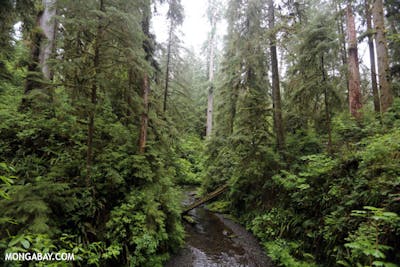
-
-
-
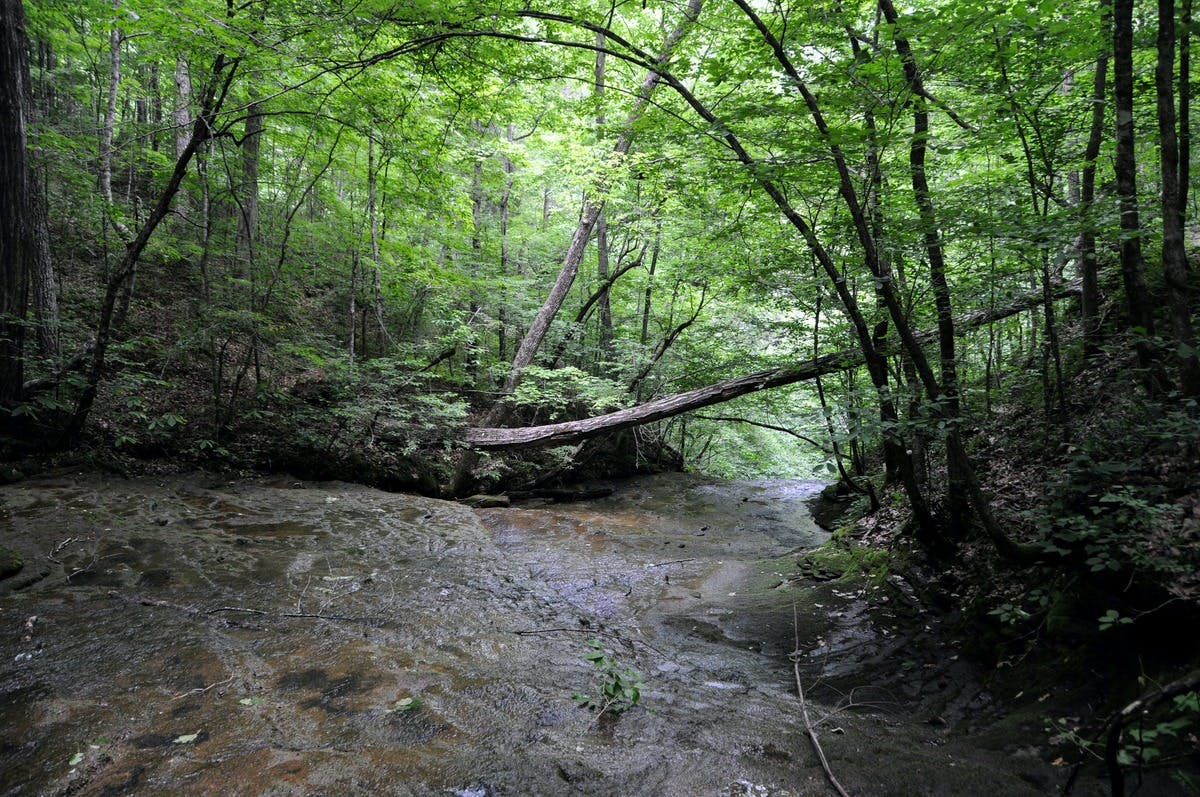
Interior Plateau & Southern Great Lakes Forests (NA23)
Total Land Area (1000 ha): 35,190 Number of Ecoregions: 2 Protection Target: 25% Protection Level : 1The Interior Plateau bioregion, located in the Northeast American Forests subrealm of Northern America, sits between the Appalachian Mountains to the east and the central grassland-forest transition to the west, extending northward to include the eastern half of Lake Michigan and the entirety of Lake Erie. It contains two ecoregions and is dominated by broadleaf forest.
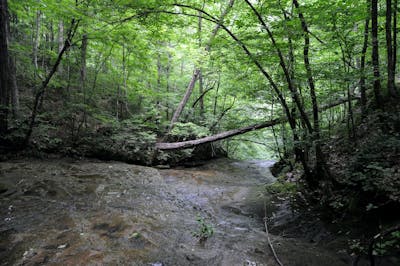
-
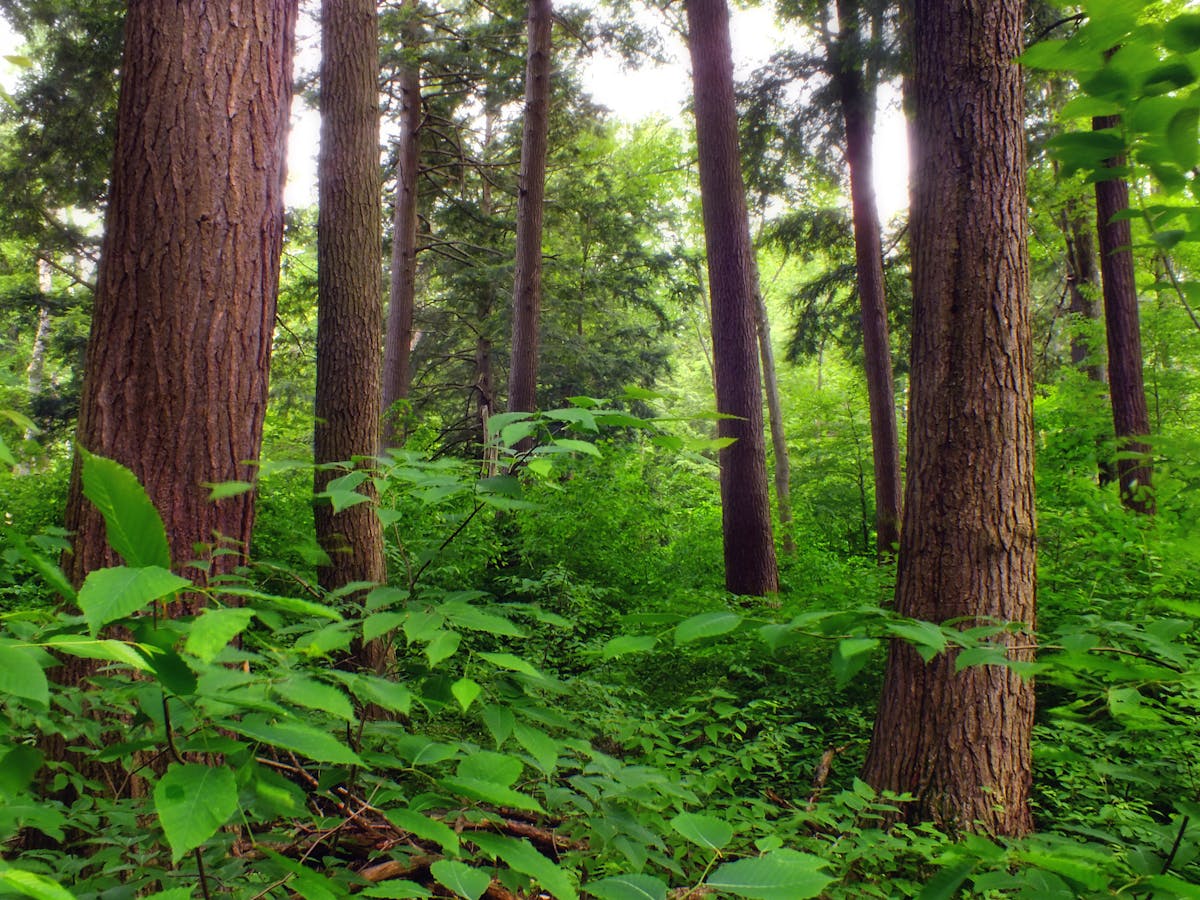
Appalachia & Allegheny Interior Forests (NA24)
Total Land Area (1000 ha) : 58,517 Number of Ecoregions: 4 Protection Target: 56% Protection Level : 1The Appalachia & Allegheny bioregion, located in the Northeast American Forests subrealm of Northern America, extends from central Alabama all the way up to the highlands of central New York, following the line of the Blue Ridge Mountains. It is dominated by broadleaf forests but contains four unique ecoregions including numerous rivers and small lakes.

-
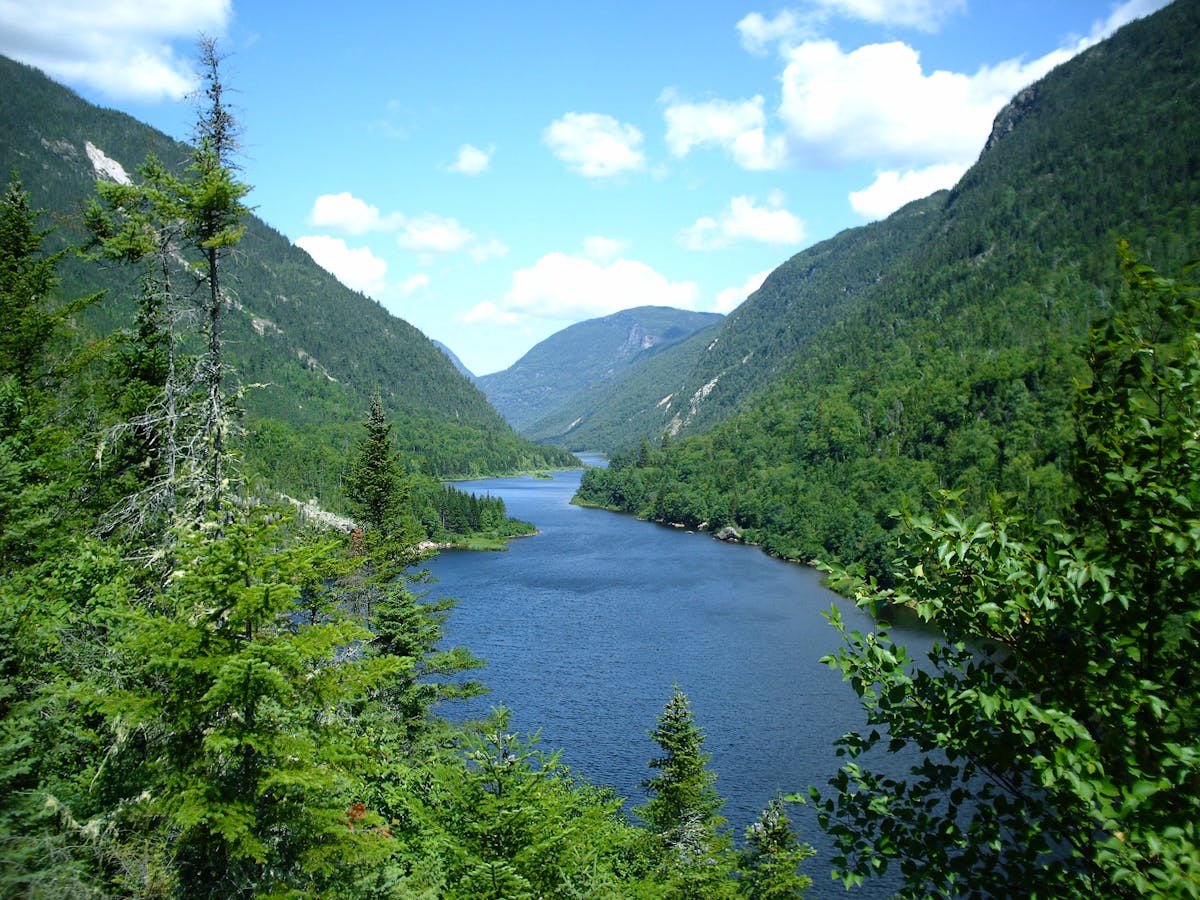
Northern Great Lakes Forests (NA11)
Total Land Area (1000 ha): 87,506 Number of Ecoregions: 4 Protection Target: 56% Protection Level : 2The Northern Great Lakes bioregion, located in the Northeast American Forests subrealm in Northern America, spans from Quebec to Minnesota just below the Canadian Shield forests. The bioregion is predominantly made up of broadleaf forests and includes four ecoregions encompassing most of the Great Lakes.
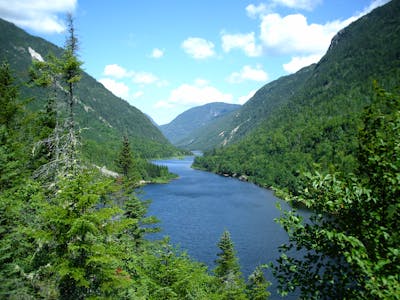
-
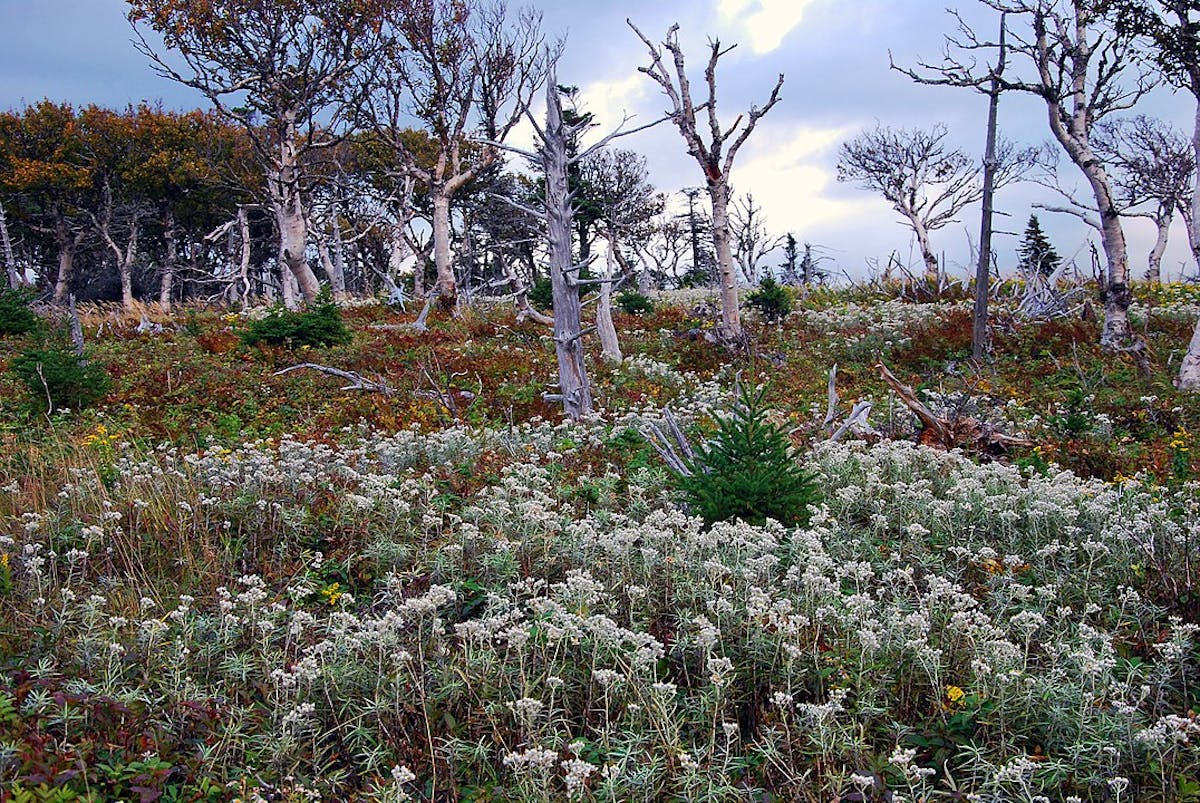
Northeastern American Mixed Forests (NA10)
Total Land Area (1000 ha) : 44,409 Number of Ecoregions: 3 Protection Target: 61% Protection Level: 1The Northeastern American bioregion, located in the Northern America (Nearctic) realm, extends from the top of New Brunswick, Canada to the Blue Ridge mountains in the mid-Atlantic region of the US. The bioregion is predominantly made up of broadleaf forests and includes three ecoregions.
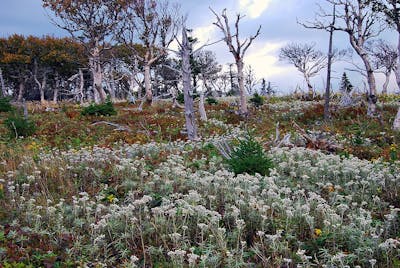
-
-
-
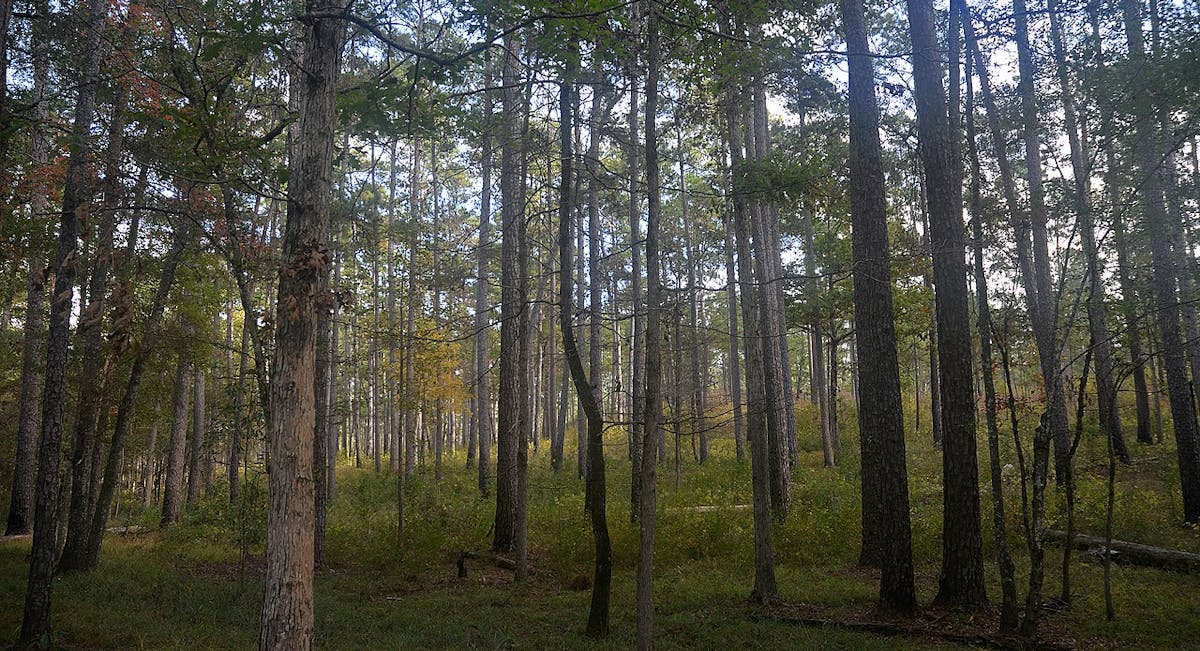
Southern Mixed Forests & Blackland Prairies (NA28)
Total Land Area (1000 ha): 34,313 Number of Ecoregions: 3 Protection Target: 28% Protection Level: 2Located in the Southeast US Savannas & Forests subrealm of Northern America, this bioregion consists of a swathe of forests through eastern Texas surrounded on two sides by Blackland prairie, with a large area of pines to the north. It contains three ecoregions.
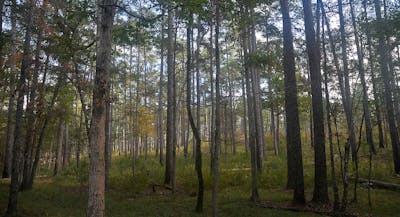
-
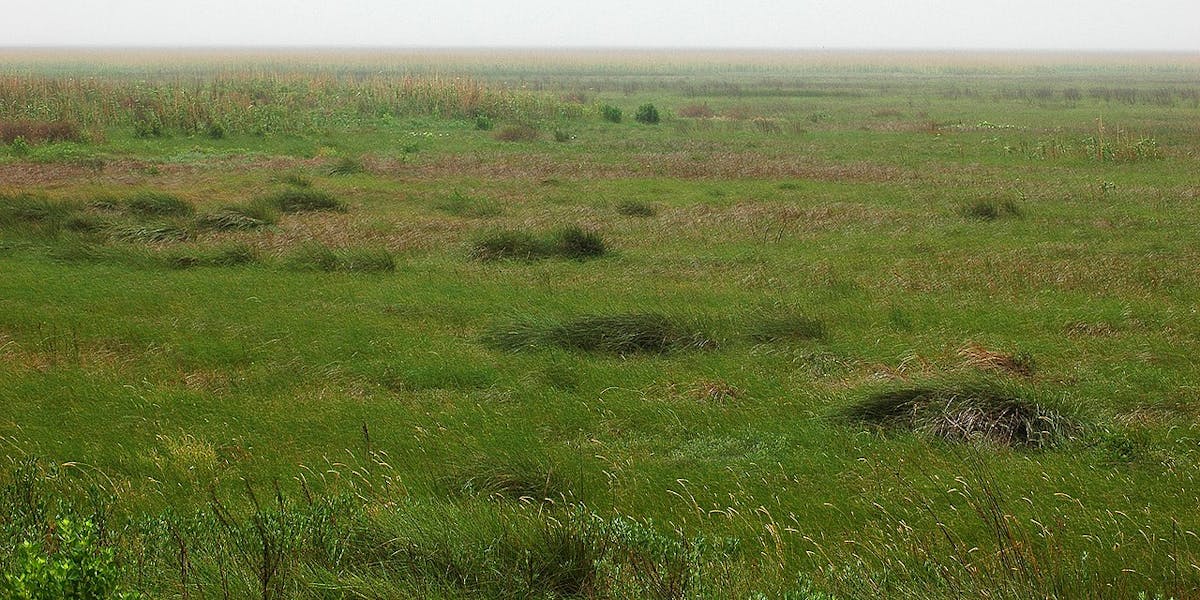
Western Gulf Coastal Grasslands (NA27)
Total Land Area (1000 ha): 9,107 Number of Ecoregions: 1 Protection Target: 29% Protection Level: 6The Western Gulf bioregion is unique in the Northern America (Nearctic) realm as the only example of a subtropical grasslands biome. Situated within the Southeast US subrealm it runs along the coast of Texas and consists of one single ecoregion and includes the adjacent marine area in the Gulf of Mexico.
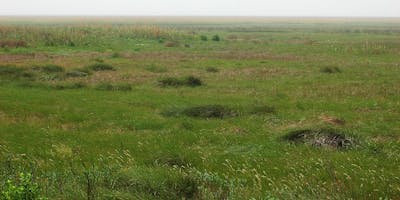
-
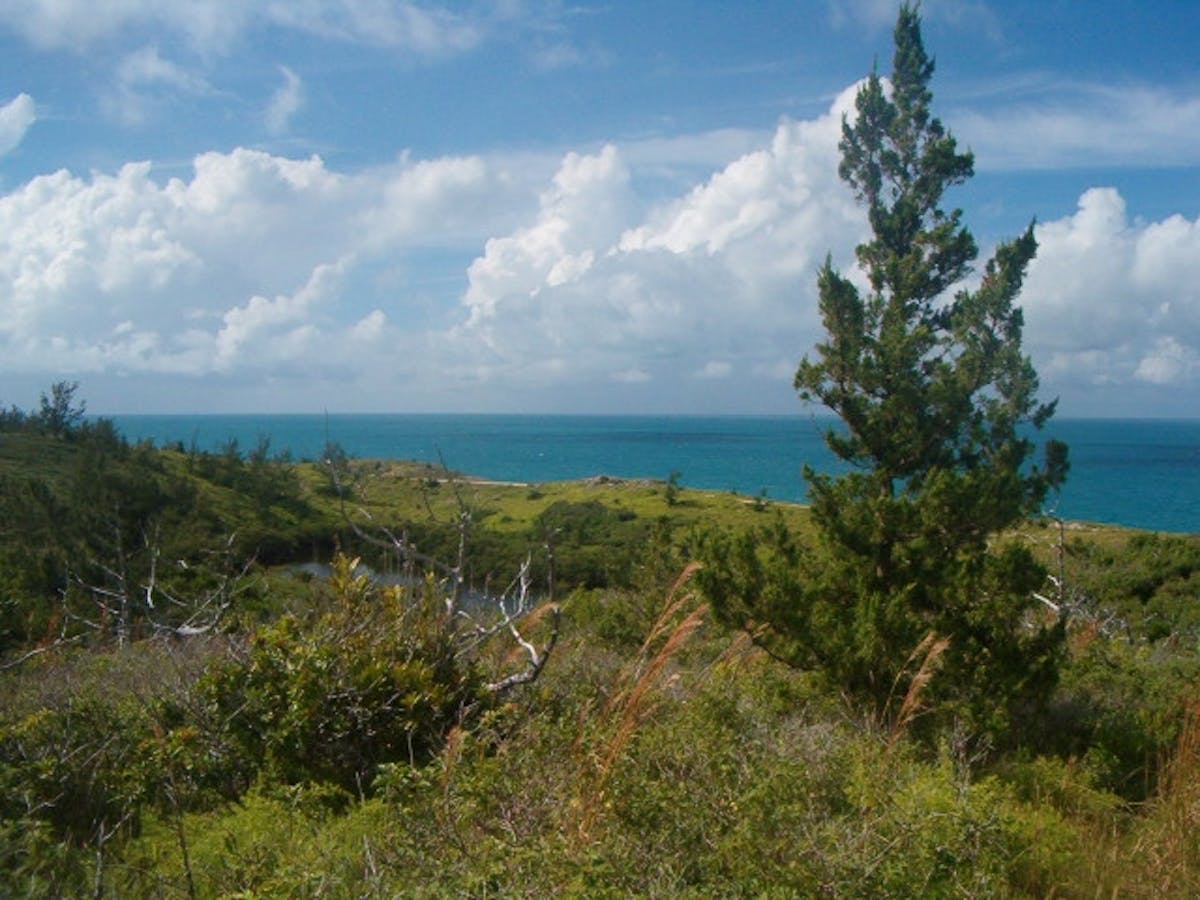
Bermuda (NA26)
Total Land Area (1000 ha): 4 Number of Ecoregions: 1 Protection Target: 1% Protection Level: N/ABermuda is an island over 1000 km from the Atlantic seaboard, and as an outlying island covered with subtropical conifer forests, it is unique in the Northern America (Nearctic) realm. It consists of a single ecoregion and the marine areas surrounding the island.
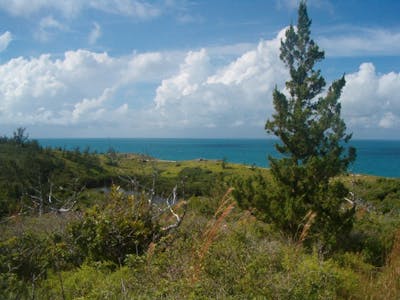
-
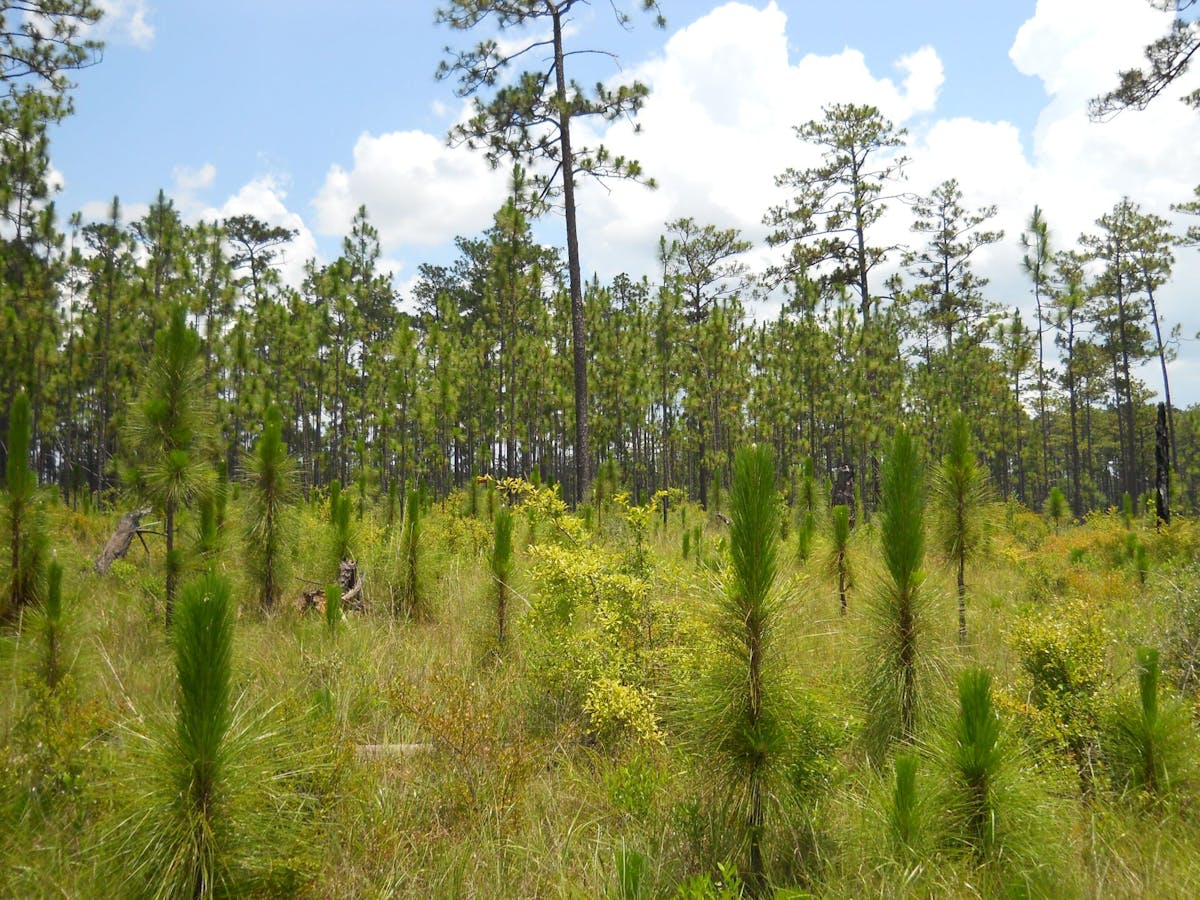
Southeast Savannas & Riparian Forests (NA25)
Total Land Area (1000 ha): 73,226 Number of Ecoregions: 4 Protection Target: 15% Protection Level: 4The Southeast Savannas bioregion, located in the Northern America (Nearctic) realm, covers much of the Atlantic seaboard and the Southeast U.S. Savannas & Forests subrealm and contains four ecoregions.
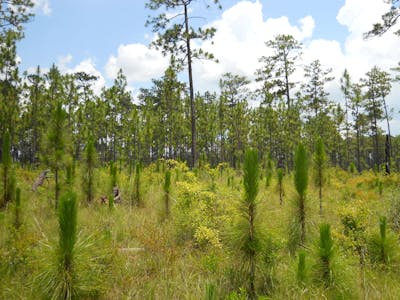
-
.jpg?auto=compress%2Cformat&w=1200)
Ozarks Mixed Forests (NA22)
Total Land Area (1000 ha): 17,624 Number of Ecoregions: 2 Protection Target: 48% Protection Level: 1The bioregion spanning the forests of the Ozark mountains and highlands, located in the Southeast American Savanna & Forests subrealm of Northern America, sits between the pine woods to the south and the central grassland-forest transition to the north, bordered to the east by the lower Mississippi valley. It contains two ecoregions and includes most of the Arkansas River.
.jpg?auto=compress%2Cformat&w=400)
-
-
-
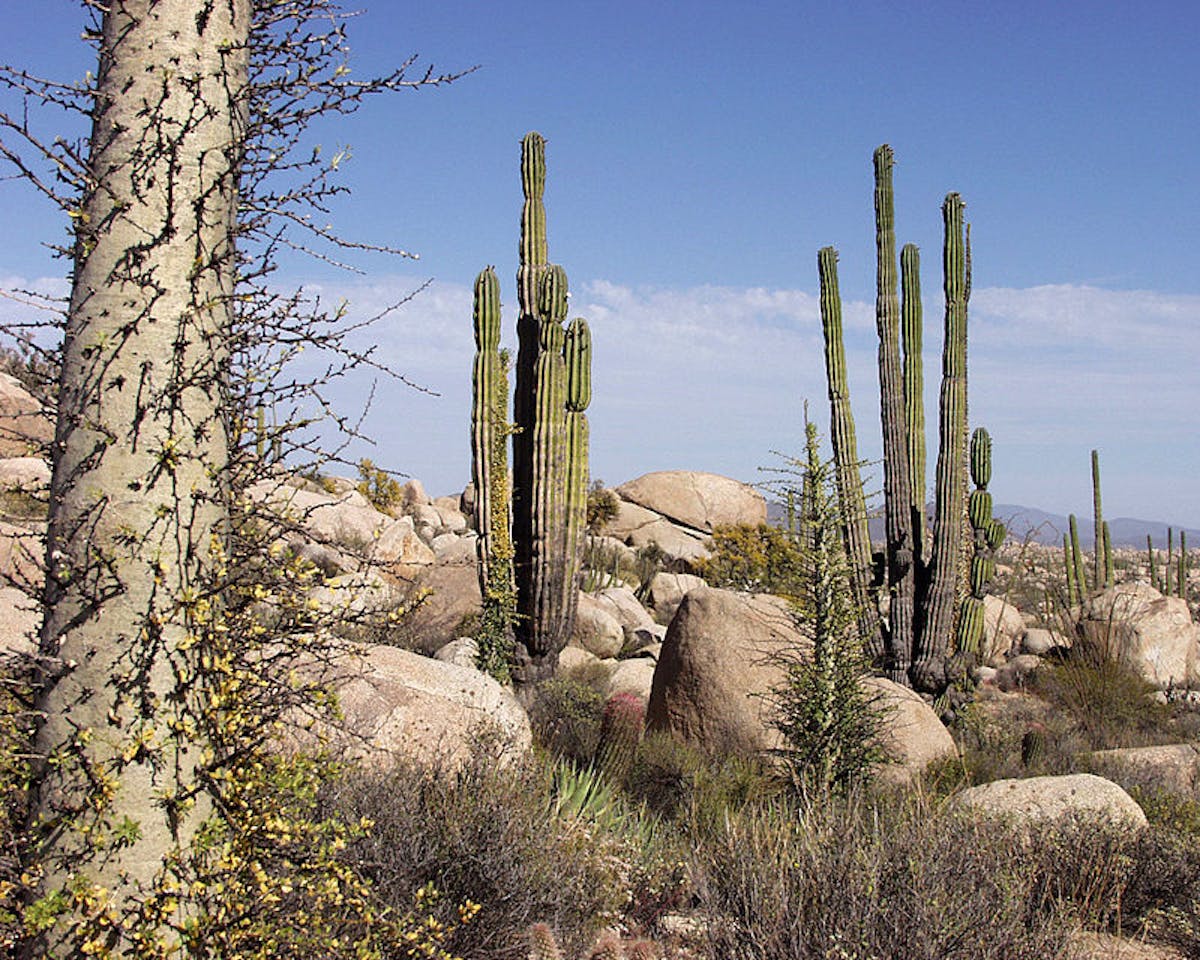
Baja California & Southern Deserts (NA30)
Total Land Area (1000 ha): 45,428 Number of Ecoregions: 5 Protection Target: 56% Protection Level : 6The Baja California bioregion, located within the larger Mexican Drylands subrealm of Northern America, includes most of the Baja Peninsula and the scorching deserts of southern California. The bioregion contains four ecoregions and adjacent marine areas in the Gulf of California and the Pacific Ocean.
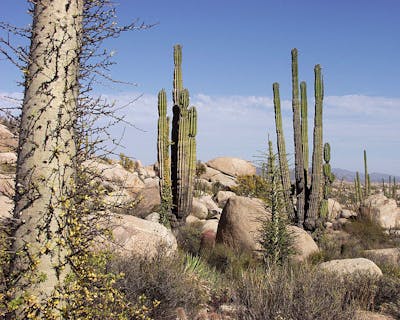
-
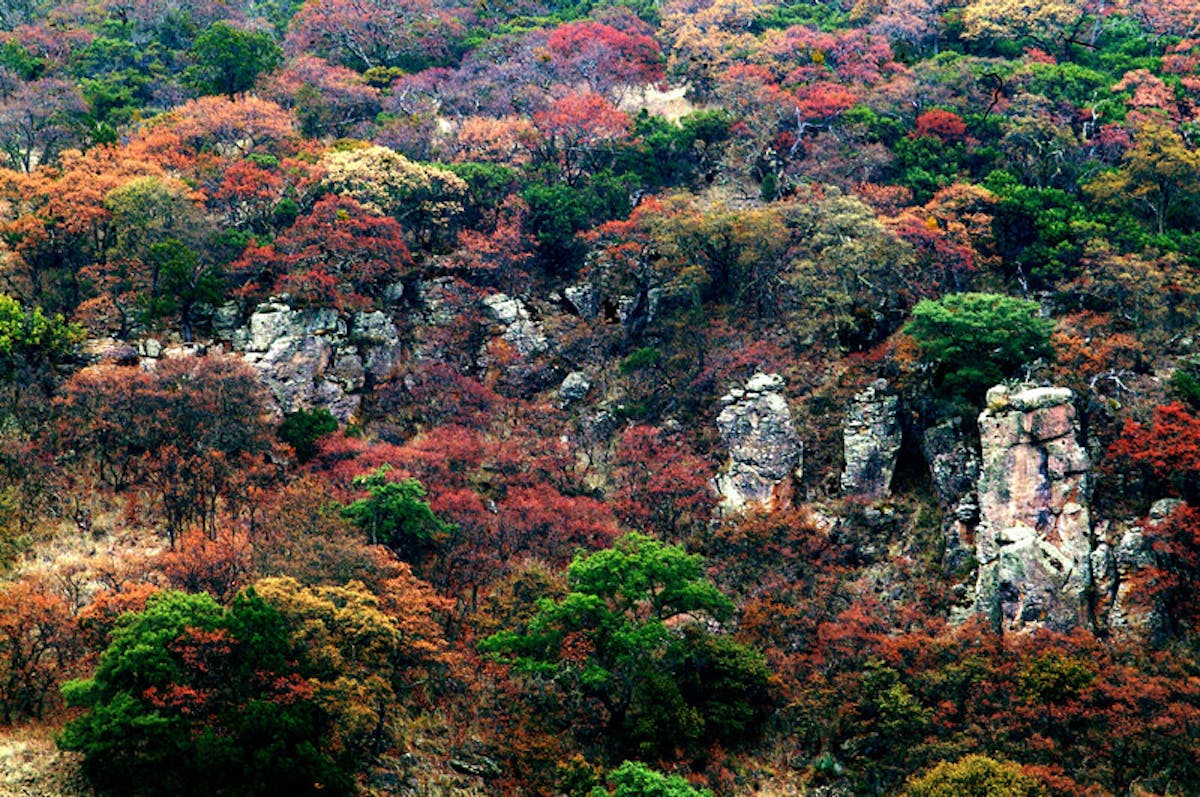
Sierra Madre Forests & Mexican Drylands (NA29)
Total Land Area (1000 ha): 116,853 Number of Ecoregions: 8 Protection Target: 43% Protection Level : 2The Sierra Madre bioregion, located in the Northern America (Nearctic) realm, covers the upper half of Mexico and consists of an array of different ecoregions that are tightly interconnected. The bioregion is dominated by desert and dry shrublands, but the eastern and western ranges of the Sierra Madres are covered with subtropical pine and oak forests. It contains eight ecoregions.
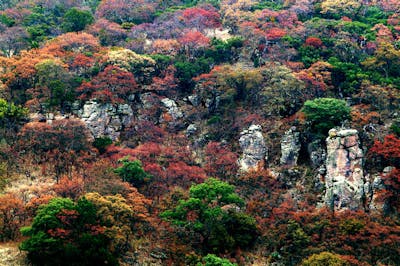
-
